And I’ll… uh… dress up the mannequin if I want to? My birthday is rapidly approaching so for the month of November, I’m just going to do coordinations and outfits based on what speaks to me at the moment. I decided it was time to feature some more of the stuff I got as early birthday gifts at the kimono bazaar last month and this furisode was crying out to be shown off, so here we go!
I honestly have no idea why I was so drawn to this particular furisode when I saw it. I tend to prefer cool-toned colours, don’t particularly like coral or orange, and think Heian-era cart motifs look a bit like deformed marshmallows. And yet, as soon as I saw this piece, I knew it was coming home with me.
I figured I would lean in to the colour scheme, despite it being comprised of shades that aren’t particularly to my taste, so I used orange and coral accessories. Initially, I’d planned to use an obi with orange clouds and gold grasses, and while I still think it would look great with the kimono, I decided to veer off and use this gold one with hits of orange and seafoam green. I played up the green and gold with a kasane eri as well, which is something I should really do more frequently.
And of course, I thought I’d give the new sanjuhimo I made a try. It really does make things so much less of a hassle! I sort of improvised this musubi, and I think it turned out quite fun and pretty.
As much as I loved doing the Halloween Yokai project, I was really in the mood to just make an outfit based on what looked pretty, rather than having to focus on layers of meaning and symbolism. This absolutely fit the bill!
If by some ridiculous miracle you want to send me a birthday gift, I have wishlists on Amazon, Pinterest, and Tokyo Otaku Mode, or you can always PayPal me a few bucks. Any money received as gifts from here goes right back into the blog and maintaining my collection. Right now my two main priorities are a set of articulated arms for the mannequin, and more tatoushi for storage and organisation.
Items used in this coordination
- Pink Gosho Guruma Furisode
- Seafoam Arabesque
- Salmon Lilies
- Salmon Furisode
- Orange Shibori

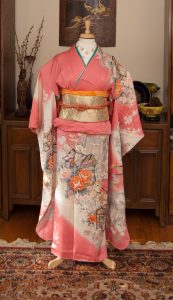
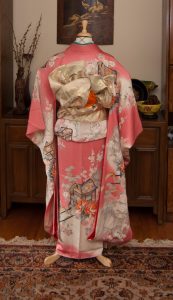
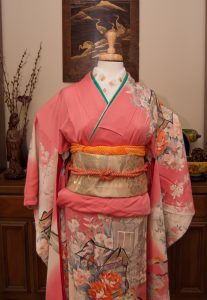
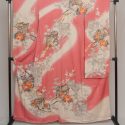
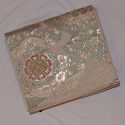
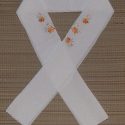
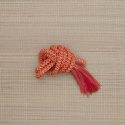
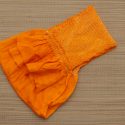
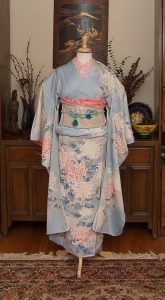
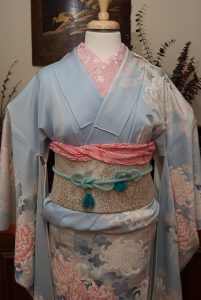
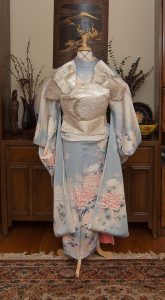
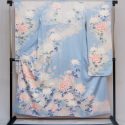
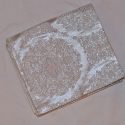

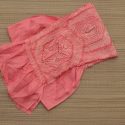
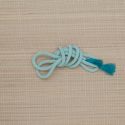
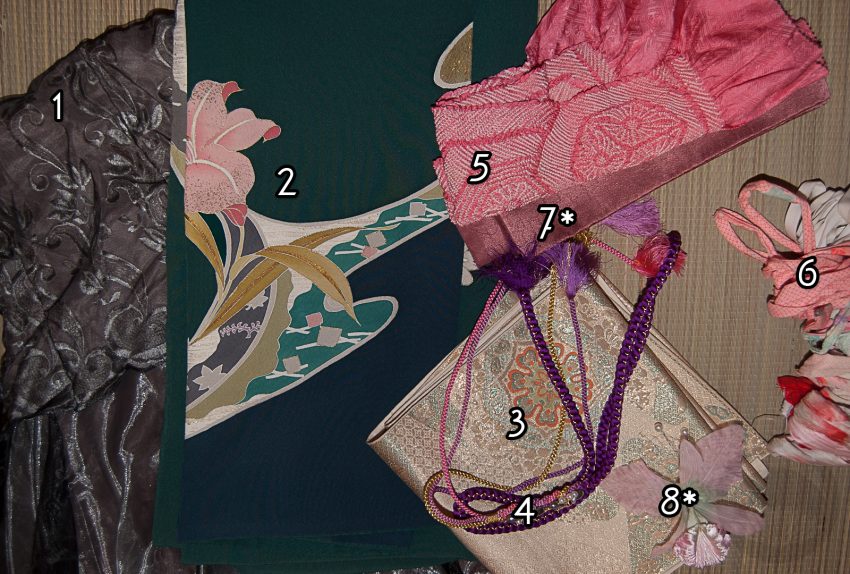

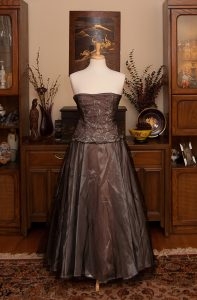
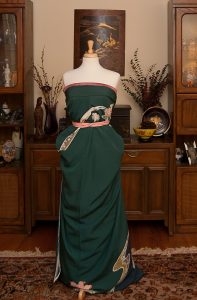
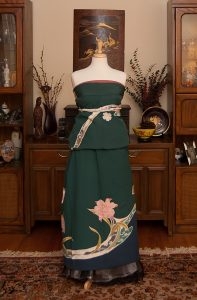
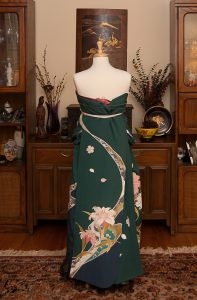
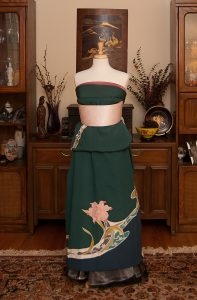
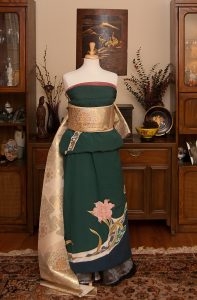
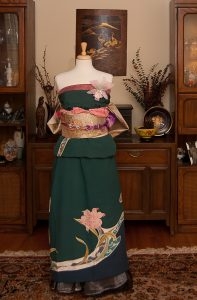
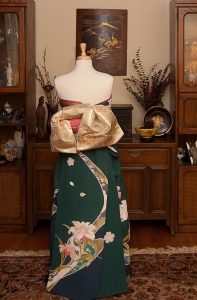
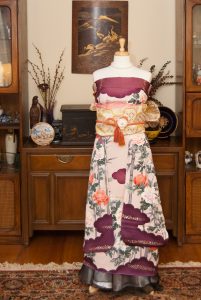

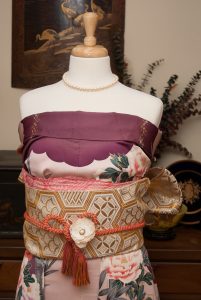
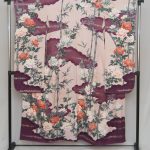
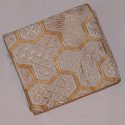










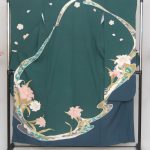
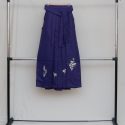
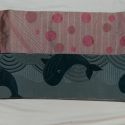

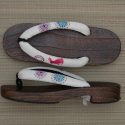











 Bebe Taian
Bebe Taian CHOKO Blog
CHOKO Blog Gion Kobu
Gion Kobu